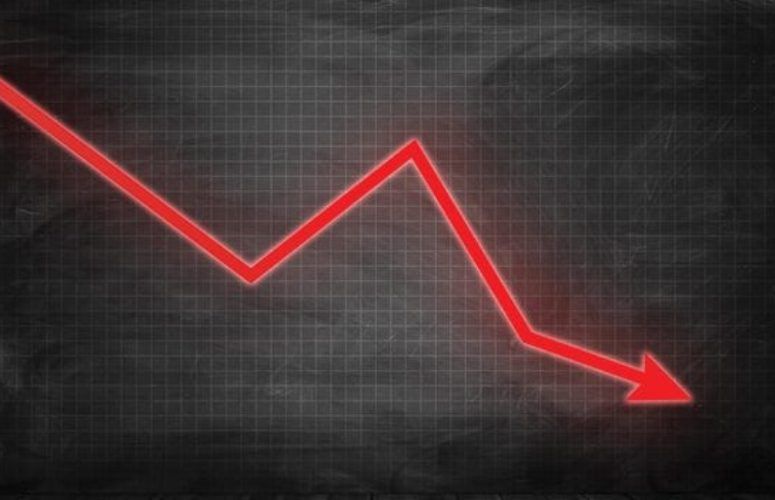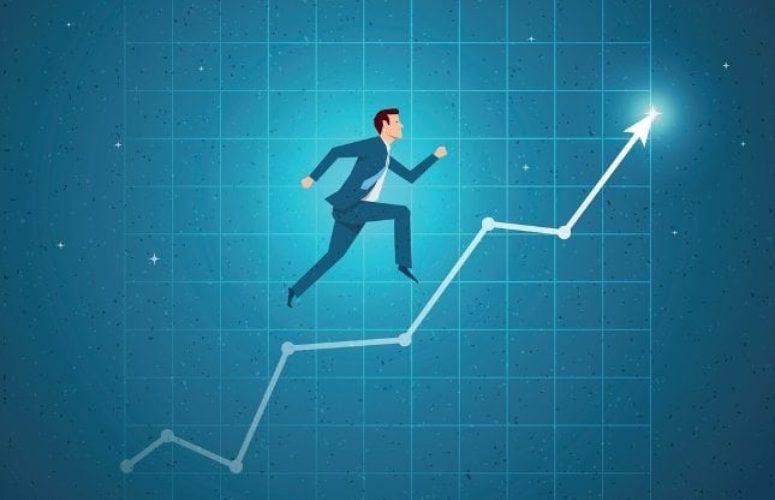
GDP Shrinks at 4.8% Annual Rate as Pandemic Ends Longest Recovery
On Apr 29, 2020The U.S. Gross Domestic Product (GDP) shrank at a 4.8% annual rate in the first quarter, as the shutdowns in the second half of March more than offset the modest growth earlier in the quarter, according to a report by Dean Baker, senior economist at the Center for Economic Policy Research. This was the sharpest fall since the 8.4% decline reported for the fourth quarter of 2008, following the collapse of Lehman.
The biggest factors in the decline were a 10.2% decline in consumer services, which subtracted 4.99 percentage points from the quarter’s growth; a 16.1% fall in consumer durables, which caused a 1.21 percentage point drop; and an 8.6% drop in nonresidential investment, which was responsible for 1.17 percentage points of the decline.
“Since these declines only reflect the impact of the shutdown in the second half of March, roughly one-eighth of the quarter, it is certain that we will see much steeper declines in the second quarter where the shutdown will be in full effect for roughly one-third of the quarter and in partial effect for the remaining two-thirds,” Baker reported. “Nonetheless, these declines are informative in telling us what areas are driving the contraction and where we might expect to see a strong recovery when restrictions are relaxed.”
The largest factor in the drop in services was a decline in healthcare services, which subtracted 2.25 percentage points from the quarter’s growth. This presumably reflects people putting off scheduled check-ups, dental work, and nonemergency procedures. There should be a sharp upturn in demand in this area later in the year.
Spending in restaurants fell at a 29.7% annual rate, lowering growth by 1.61 percentage points. “We will surely see a much sharper drop in the second quarter, as restaurants are a main focus of the shutdown,” Baker wrote. Transportation services fell almost as sharply, declining at a 29.3% rate, although this only reduced growth by 0.74 percentage points since it is a considerably smaller share of the economy. These sectors are likely to see a weaker recovery than health care since people will still be reluctant to visit restaurants and to fly, even after restrictions are lifted. They are also likely to have reduced capacity due to safety concerns.
Reduced spending on motor vehicles subtracted 0.95 percentage points from growth in the quarter. This is an area where there is likely to be a sharp reversal in the second half of the year. People who put off buying a car during the shutdown will likely be looking to buy one when the economy reopens. This pent-up demand will likely offset the reduction in demand that we are sure to see from high unemployment when the economy reopens.
Nonresidential investment dropped at an 8.6% annual rate, providing us the last glance of the impact of the Trump administration’s corporate tax cut before the data is completely overwhelmed by the impact of the pandemic. The investment share of GDP in the first quarter was just 13.0%, which is down from 13.2% in the quarters immediately preceding the 2017 tax cut.
The weakness in the first quarter is mostly not due to the shutdown. Nonresidential structure investment fell at a 9.7% annual rate, while residential investment increased at a 21.0% rate. The shutdown in mid-March was not the factor preventing construction in the quarter. Equipment investment fell at an even sharper 15.2%, but this was a continuation of declines from the prior two quarters. (Structure investment had been dropping for the prior three quarters.) Clearly, there was no tax cut induced investment boom.
This price data in this report should allay any concerns about mass deflation. The overall GDP price index rose at a 1.3% annual rate, the same as for the fourth quarter of 2019, while the core Personal Consumption Expenditure (PCE) deflator rose at a 1.8% annual rate. While the shutdown only affected prices in the second half of March, if there were a sharp plunge in the items people are actually buying, we should see some evidence of it here. It is likely that we will see some issues of inflation as shutdowns are removed, as supply constraints will mean both higher unit costs and excess demand in many areas.
“The bad news in this report was largely expected, and we can be quite certain the next one will be even worse. The big issue at this point is whether we can see a healthy recovery when restrictions are lifted,” Baker concluded.
To access more business news, visit NJB News Now.
Related Articles:





